Green Practices for Furniture Preservation
Chosen theme: Green Practices for Furniture Preservation. Protect what you love, reduce waste, and celebrate the stories your furnishings carry. Together we will explore gentle methods, smart habits, and community-powered ideas that keep pieces beautiful for decades. Subscribe, comment, and join our growing circle of mindful caretakers.
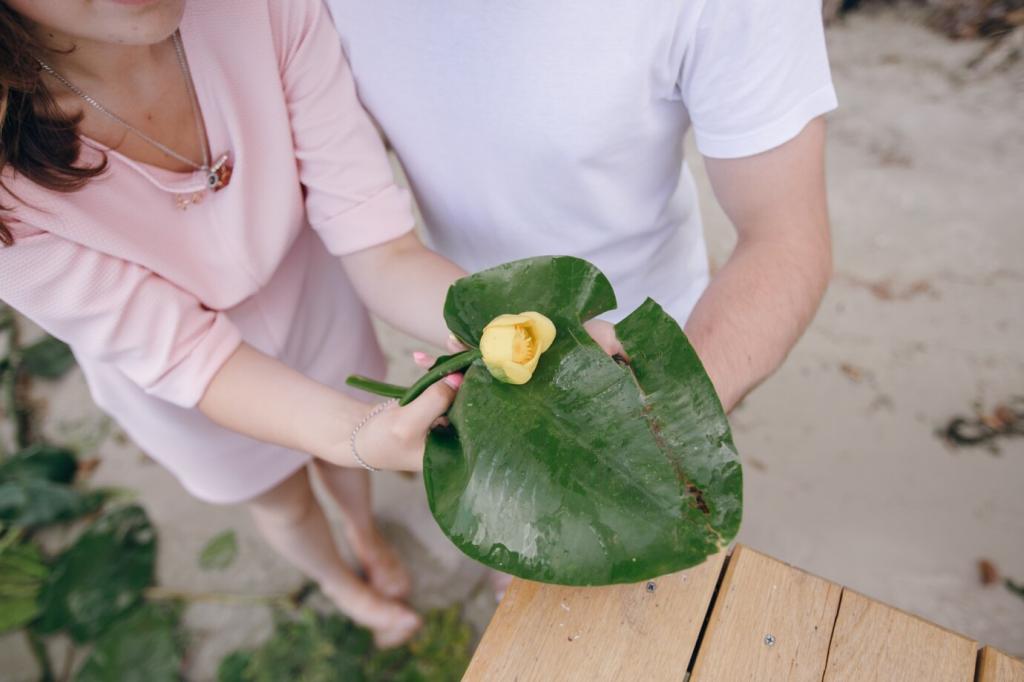
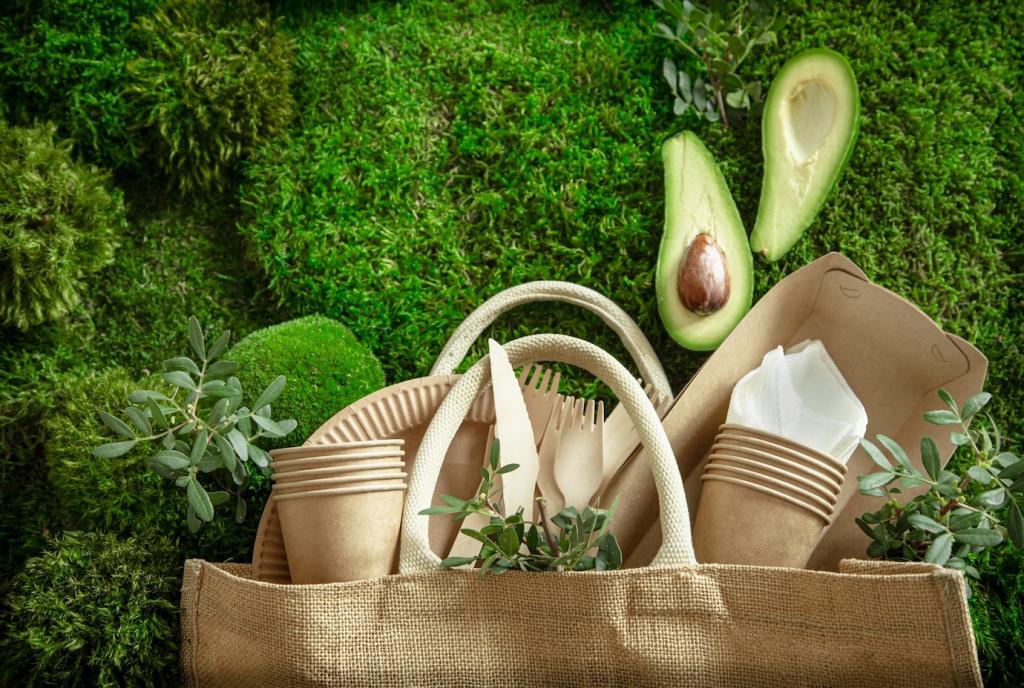
Why Green Preservation Matters
Manufacturing, packaging, and transporting new furniture consume energy and materials, often emitting far more carbon than a lifetime of careful maintenance. By preserving what you already own, you minimize waste and pollution while honoring the labor behind your furniture. What piece are you saving today?
Why Green Preservation Matters
Green preservation is a mindset: repair first, clean gently, finish thoughtfully, and store smartly. Small habits—like dusting, humidity control, and non-toxic polishes—compound into decades of use. Share your favorite longevity trick, and we may feature it in our next community roundup.
Non-Toxic Cleaning That Actually Works
A mild vinegar-and-water solution can cut oily fingerprints on sealed wood and metal hardware when used sparingly and followed by a soft, dry buff. Always test on an inconspicuous spot. Share your preferred ratios and what surfaces they serve best in your home.
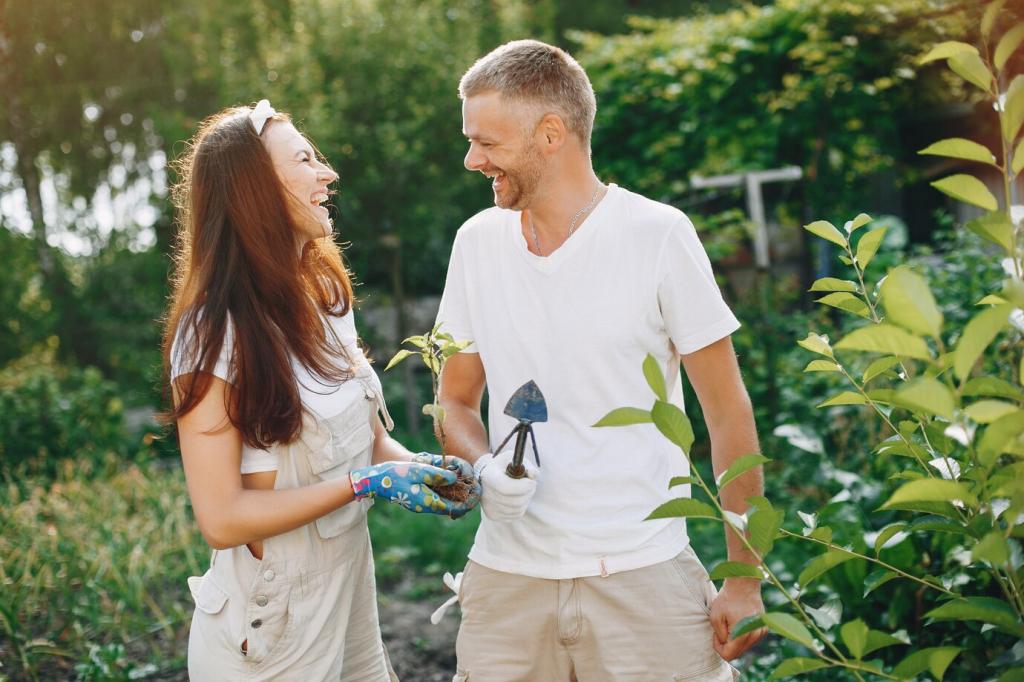
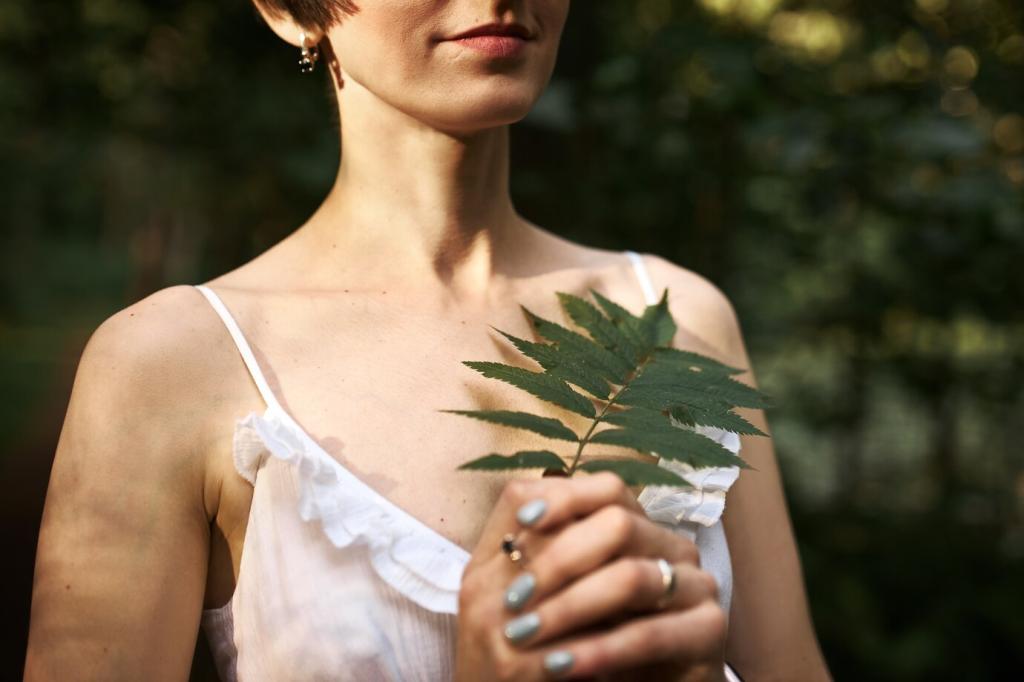
Strengthening loose joints
Squeaks and wobbles often signal failing glue, not failed furniture. Disassemble carefully, clean old adhesive, and reglue with a reversible, low-tox option like hide glue when appropriate. Clamp lightly, let it cure fully, and test for racking. Share your favorite clamping setup for tight spaces.
Natural oils and waxes
Raw linseed oil, tung oil, and beeswax blends can revive tired wood, enhancing grain without heavy off-gassing. Apply thin coats, allow proper curing time, and buff patiently. Tell us which finish best preserved your piece’s character, and whether you noticed improvements in household air freshness.
A small heirloom, a big lesson
One reader rescued a scratched, sun-faded bedside table from a curb. A careful clean, gentle sanding, and a hand-rubbed wax finish revealed radiant walnut beneath. That modest save avoided disposal and sparked a family ritual of weekend repairs. What heirloom will you revive next?
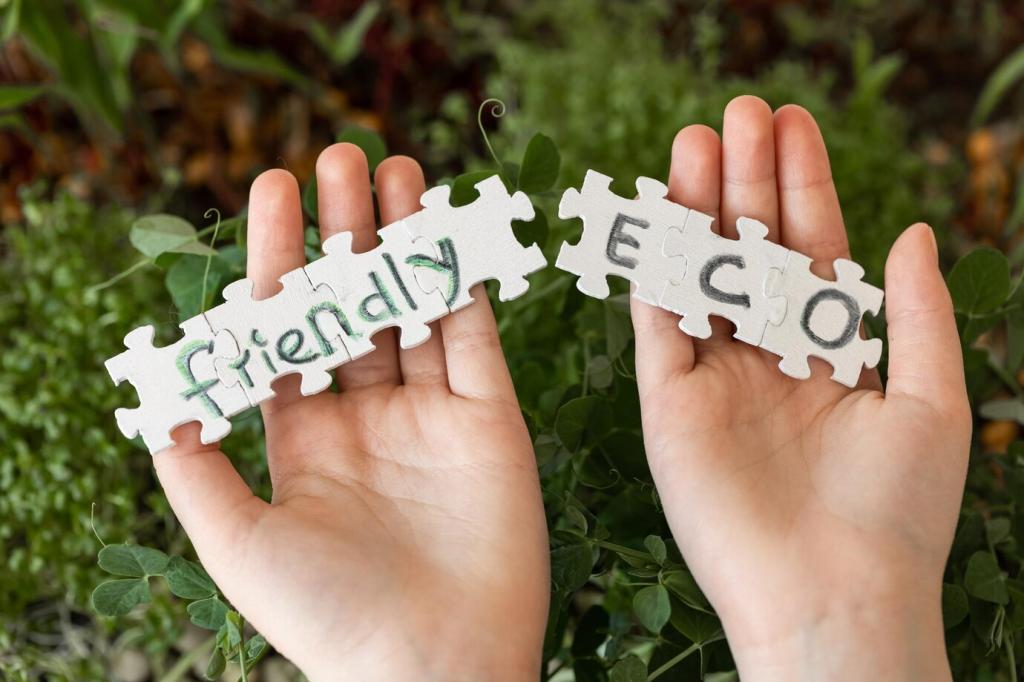
Reclaimed and responsibly harvested wood
Look for verifiable claims about reclaimed lumber or responsibly managed forests. Certifications can guide choices, but craftsmanship and repairability matter equally. Ask sellers about joinery, finishes, and spare parts. Have a trusted salvage yard or architectural reuse center? Share the location to help neighbors shop smarter.
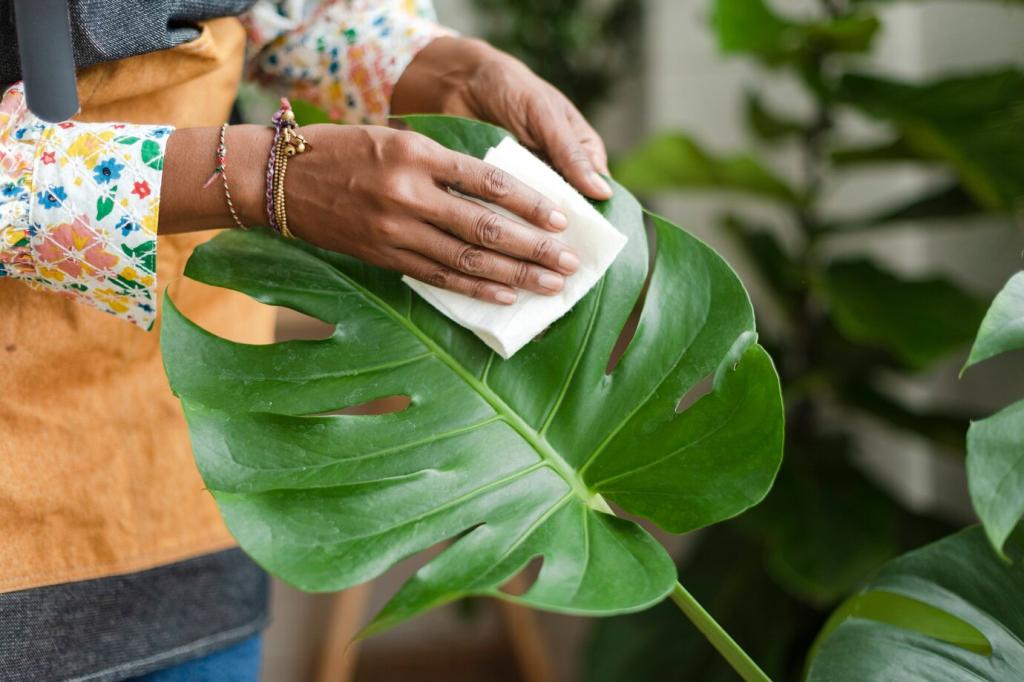
Secondhand strategies that win
Shop estate sales, charity stores, and online marketplaces with measurements in hand and a flashlight to inspect joints. Minor surface flaws are teachable moments; structural damage requires caution. Tell us your best bargaining script and what repairs you consider reasonable for a great, sustainable find.
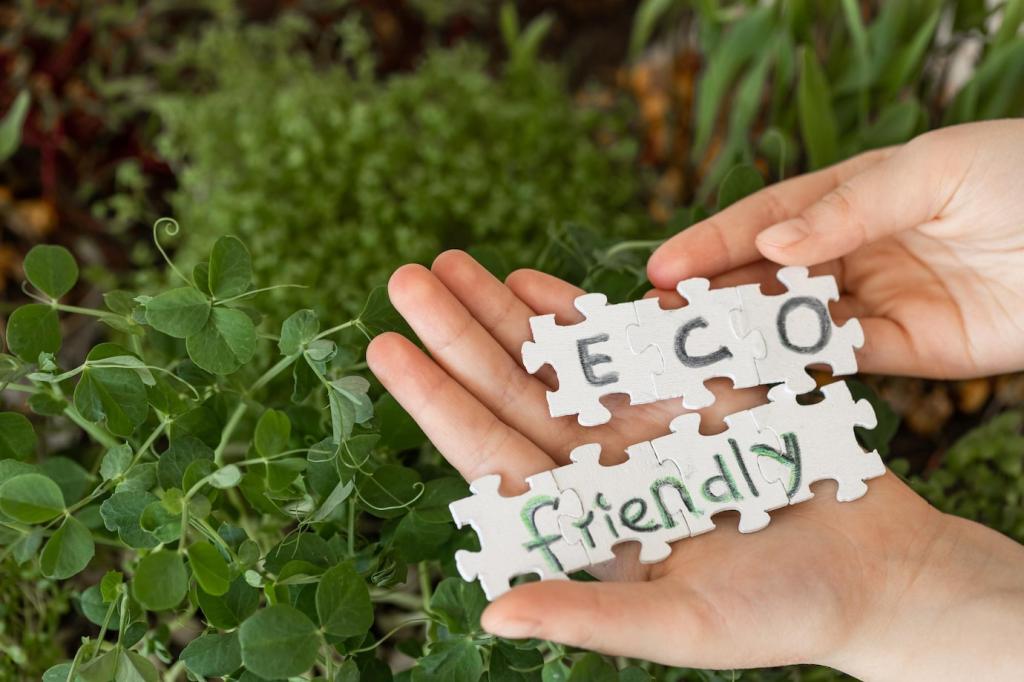
Questions for makers and retailers
Ask about finish ingredients, wood species, glues, and hardware quality. Inquire whether parts are modular and replaceable. Responsible sellers welcome informed questions. If you receive a helpful, transparent answer from a brand, post it below so our community can support better practices.
Climate-Smart Home Care
Humidity and temperature balance
Aim for steady, moderate humidity to keep wood movement gentle and predictable. Use trays for plants, lift pieces off damp floors, and ventilate after cooking or showers. What’s your favorite low-energy humidity solution, and how has it helped your furniture across seasons?
Sunlight and UV protection
Direct sun can bleach finishes and embrittle fabrics. Rotate pieces, use sheer curtains, or apply UV-filtering films to windows. Share before-and-after photos of a piece you saved from fading by changing its placement, and tell us what light-filtering tactics worked best.
A seasonal rhythm that lasts
At the start of each season, dust thoroughly, check joints, nourish wood where needed, and inspect for pests. Small rituals prevent big problems. Comment with your personal checklist, and we will compile the community’s smartest steps into a shared guide for subscribers.
Creative Upcycling with Integrity
Transformations that respect structure
Turn a damaged dresser into an entry bench by reusing the hardwood top and drawer fronts as seating and storage. Preserve sturdy joints, reinforce weak points, and document every cut. Post your plans or sketches so others can learn from your design decisions and material choices.
Natural fabrics for reupholstery
Choose linen, wool, or organic cotton with durable weaves, and pair them with natural latex or coconut fiber padding where feasible. Avoid flame retardants and heavy solvents. Share fabric sources, abrasion ratings, and photos of your refreshed seat so the community can compare results.
Host a neighborhood swap
A simple, local exchange turns surplus into someone else’s project piece. Set themes, invite repair volunteers, and keep packaging minimal. After your event, tell us what worked, what you would change next time, and which forgotten item found a perfect new home.
